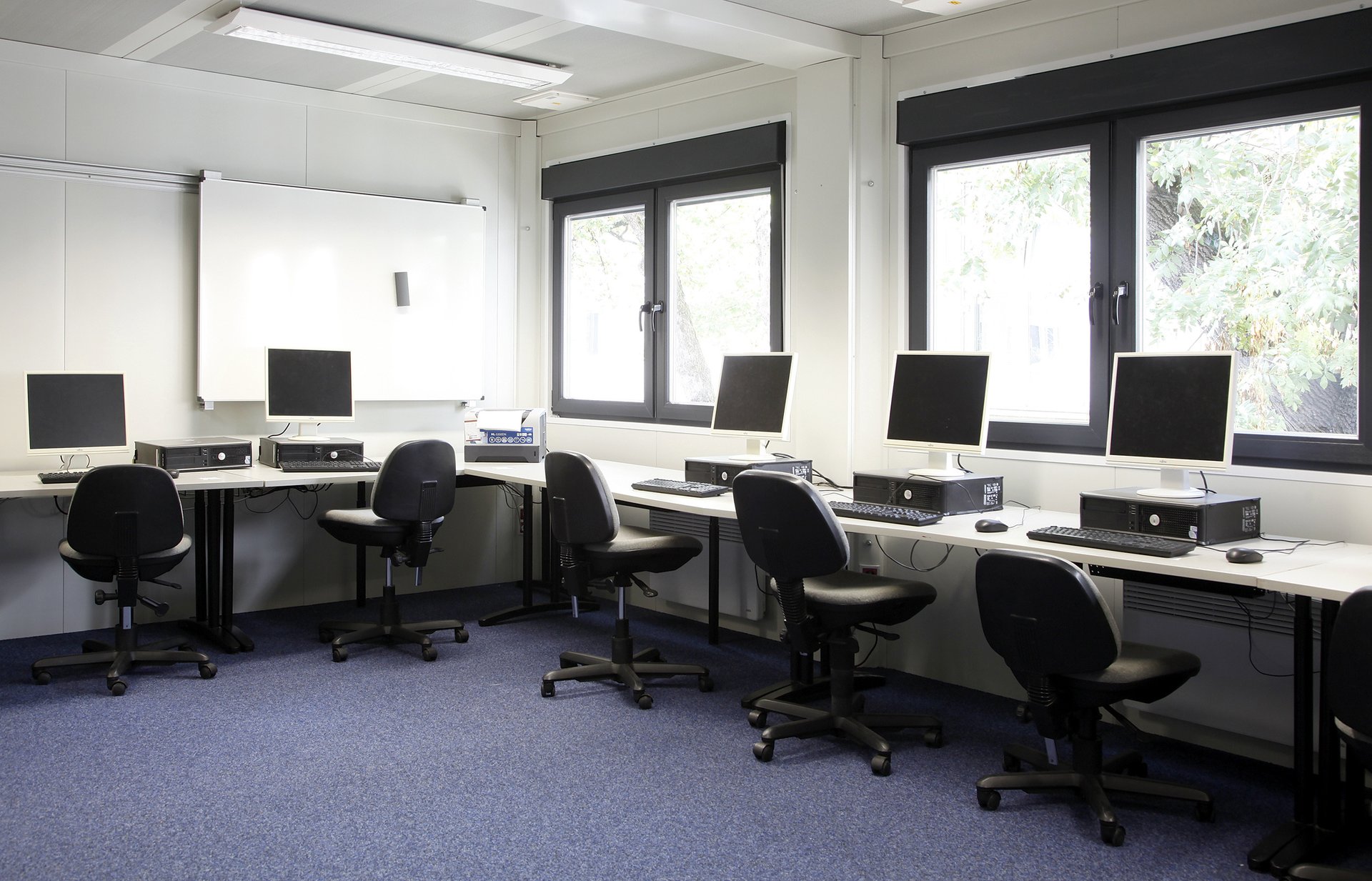
As hybrid work becomes the norm, organizations are rethinking not only where employees work, but how workplaces must adapt. Sodexo’s 2021 report “Five Problems with the Hybrid Model” highlighted emerging challenges, and Business Transformation Lead and report co-author, Johanna Langer shared insights on how employers can meet new expectations.
Hybrid Work Is Here to Stay
During the pandemic, employees experienced greater autonomy—and most want to keep it. Surveys show that a large majority prefer to work remotely at least one day per week. This shift has fundamentally changed attitudes toward the traditional 8-hour office day.
Langer notes that the “old model” of daily office attendance is unlikely to return. Instead, companies must embrace flexible principles, experiment, and involve employees in shaping new working patterns.
“We need to practice, try, and learn. We don’t have all the answers yet, and employees must be part of deciding how we work.”
— Johanna Langer, Business Transformation Lead
The Office Is Being Redefined
Hybrid work means the office must serve a new purpose. It is no longer the primary place for focused work—that can happen remotely—but rather a space for collaboration, social connection, and shared culture. Key shifts include:
- Fewer large open-plan areas
- More semi-open, varied spaces
- More rooms designed for collaboration—not long rows of desks
- Environments that are equally supportive for those who cannot concentrate at home
Langer emphasizes the need for workplaces that feel active and social rather than empty or static.
Data Will Drive Smarter Workplaces
With fluctuating attendance, organizations need new ways to understand and manage their spaces. Langer anticipates a rise in tools and services that track how offices are used—helping companies:
- Predict peak attendance
- Optimize cleaning and maintenance
- Adjust service levels
- Inform layout changes
- Improve communication with employees
Hybrid work introduces constant movement, and employers must plan for dynamic space usage instead of fixed routines.
Flexibility: the New Standard
The biggest lesson? In a hybrid world, offices can no longer be rigid.
Langer believes the “office of the future” is a constant prototype—something that evolves as employee behavior and business needs evolve. Ten-year contracts for static spaces are no longer practical.
“The office must be designed for change. Built-in flexibility and the ability to test and adapt will define the workplaces of the future.”
How Adapteo Supports the Hybrid Future
Everything Langer highlights—uncertainty, shifting attendance, evolving work styles, redesigned layouts—points toward one central need: workplaces must be adaptable. Hybrid work is not a temporary trend; it is a structural transformation. Companies require office environments that can expand, shrink, reconfigure, or relocate as their people and priorities change.
This is where Adapteo’s modular, circular workspace solutions make a meaningful difference:
- Offices can be scaled up or down as attendance fluctuates
- Spaces can be reconfigured quickly for new ways of working
- Modular units offer semi-open zones, collaboration rooms, and quiet areas—exactly the mix hybrid work demands
- Temporary or long-term rental models reduce risk when needs are uncertain
- Reusable buildings support sustainability goals and avoid costly, wasteful rebuilds
Hybrid work is rewriting the rules of workplace design. Adapteo helps organizations stay ahead by providing spaces that change as fast as the modern workforce does.